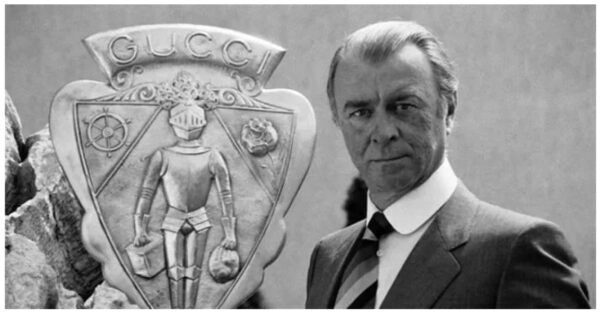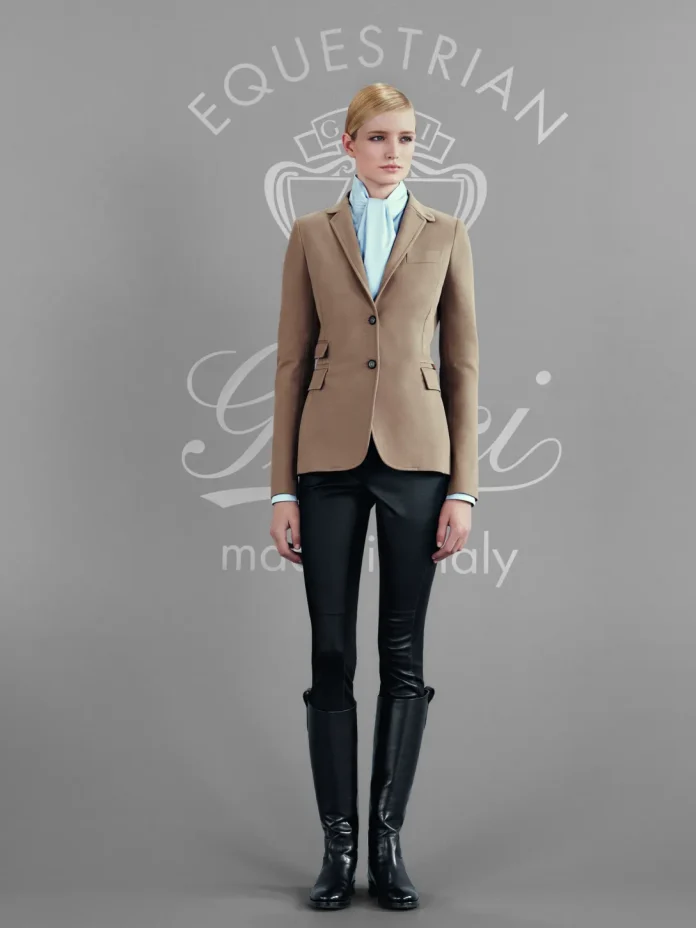The high-street Italian label Gucci is synonymous with affluence and abundance. In 2021, it celebrated a century of trailblazing yet tumultuous existence—witnessing a slew of family infighting that threatened to upend it. While much is known of the Florentine label’s founding family’s past, little is known of its association with the late nineteenth-century equestrian cultural landscape that has inspired several of Gucci’s past and present offerings.
Established in 1921—right at the start of the Roaring Twenties—the inspiration for Gucci came from an improbable set of experiences its founder, Guccio Gucci, had at the start of his prolific career. While still a teenager, Gucci moved out of Italy and settled in England. Once in London, he accepted the offer to work as a bellhop at the city’s most chic, cosmopolitan landmark, The Savoy Hotel. Spending his days loading and unloading Savoy’s wealthy patrons’ belongings, he developed an instinctive understanding of their taste in travel baggage.
After that, he worked for the Compagnie des Wagons-Lits, a European rail enterprise that specialised in high-end travel leisure—further enhancing his experiences in the field. While working at the Savoy Hotel and Compagnie des Wagons-Lits, Gucci recognised a pattern: most of these patrons were deeply involved in the equestrian landscape—with their belongings emblematic of it. It was this distinctive, discerning equestrian element of it that left an indelible mark on the young Gucci. As author Karen Homer notes in her chronicle of the label, “Gucci noticed that many of these aristocrats had an obsession with polo playing and horse racing, something that would influence his designs from the very beginning.”

Just after the turn of the century, Gucci returned to Italy, taking up the offer to work with Milan-based leather manufacturer Franzi. While still there, he began designing. After working with Franzi for a couple of years, he moved back to his boyhood town of Florence to establish Gucci, along with an eponymous store at the storied Via Della Vigna Nuova. While laying the foundation for the label, Gucci harkened back to his experiences at the Savoy Hotel and Compagnie des Wagons-Lits, and as a result, Gucci’s earliest leather offerings were saddles and saddlebags. Even though demand for these goods was beginning to fall at the beginning of the twentieth century, thanks to the rise in automobiles, Gucci never lost his taste for equestrian style.
Apart from his passion for the equestrian, he combined Italian creativity and craftsmanship to enliven Gucci’s range of offerings—becoming an icon of the Dolce Vita period. By the mid-1920s, wealthy patrons began to drop in at the Florentine store to purchase leather saddlery and other leather offerings.

Gucci’s Most Iconic Offering—The Horsebit Loafer
In 1953, Guccio Gucci’s son, Aldo, created Gucci’s most recognisable offering: the Horsebit loafer. While Gucci Sr. had already designed the leather loafer with metal snaffles, Gucci Jr. sought to re-design it by embedding equestrian elements in an ode to his father’s passion. The golden metal rim across the saddle of the black leather shoe became the quintessence of effortless elegance. That, coupled with soft, supple leather, it was an instant hit. To this day, these loafers remain relevant in their myriad iterations.




